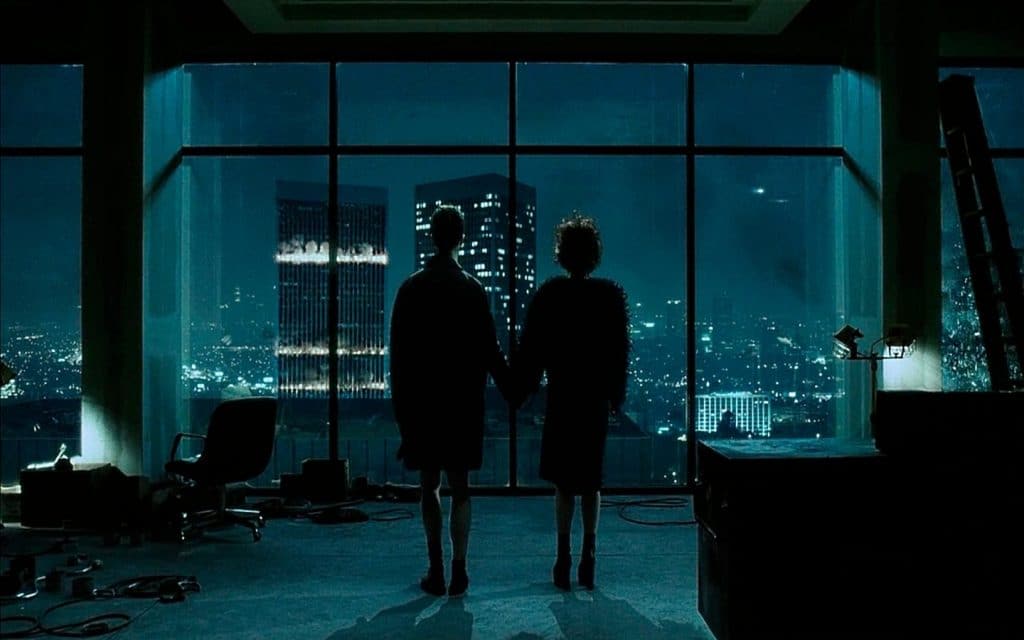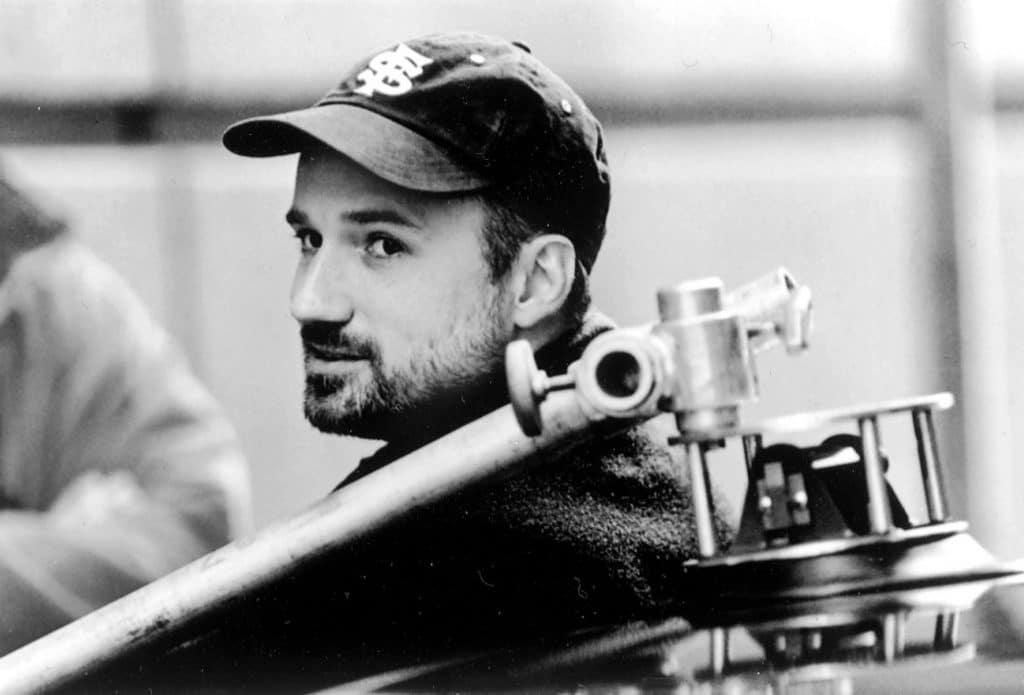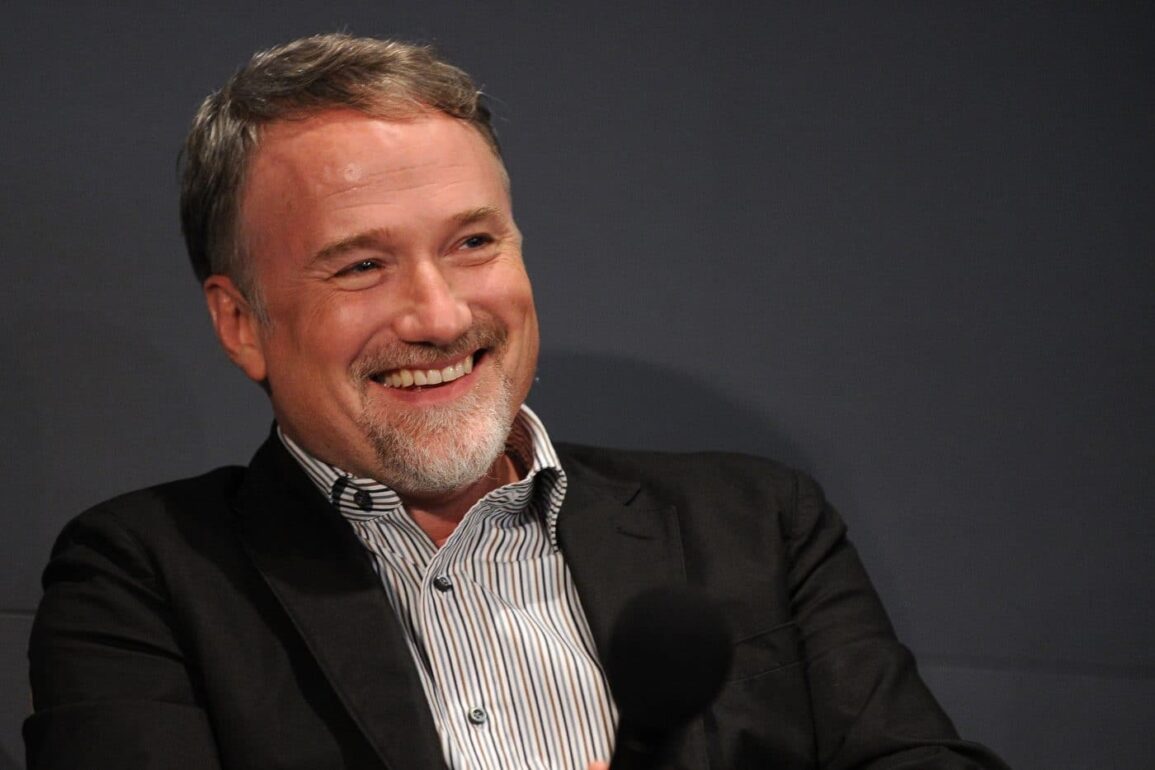Over the years, Hollywood has seen many directors with their distinct style of film-making. But David Fincher’s visual style often goes unnoticed. This is because Fincher’s true trademark is deception. It is quite difficult to determine whether a shot is human-controlled, motion-controlled or CGI.
Zodiac, the 2007 murder thriller set in 1960s San Francisco has a lot of digitally altered shots in order to achieve the most accurate view of the city as it was. The movie also has some dreadful murder sequences and all the blood is CGI. The Social Network has about a 1000 vfx shots. There are a surprising number of complex visual effects involved even in the simplest shots. The opening sequence in Fight Club is another example where he uses visual effects in service of the story. The visual effects in The Curious Case of Benjamin Button are a whole another level of impressive and it was well acknowledged with an Academy Award for Best Visual Effects. The Girl with the Dragon Tattoo and Gone Girl have visual effects weaved into the story that are barely perceptible. Usually we all know where the vfx budget of a movie goes to. But Fincher uses these CG techniques to bring depth to the storytelling. They’re not there to be appreciated or to impress the viewer. They’re there to immerse. Directors often utilize the camera to build tension by revealing information, zooming in towards key areas or discovering things along with the audience almost as if the camera is a character in their film. Fincher avoids this sense of a human being operating the camera. In Fincher’s words: “I just love the idea of this omniscience. Like, the camera it just goes over here kind of perfectly, and it goes over there kind of perfectly and it doesn’t have any personality to it. It’s very much like what’s happening was doomed to happen.” He moves the camera only if it is absolutely necessary. He likes to shoot in as wide a frame as possible, wanting his audience to constantly see the environment a character is operating in.
Directors often utilize the camera to build tension by revealing information, zooming in towards key areas or discovering things along with the audience almost as if the camera is a character in their film. Fincher avoids this sense of a human being operating the camera. In Fincher’s words: “I just love the idea of this omniscience. Like, the camera it just goes over here kind of perfectly, and it goes over there kind of perfectly and it doesn’t have any personality to it. It’s very much like what’s happening was doomed to happen.” He moves the camera only if it is absolutely necessary. He likes to shoot in as wide a frame as possible, wanting his audience to constantly see the environment a character is operating in.
Fincher also has a special way of using the three basic camera movements: the tilt, pan and tracking shot. The camera exactly matches the action and reaction of the character in the frame. Even the most subtle movements are registered on the camera. This style of film-making can be tiring for the actor and the crew because it leaves very little room for improvisation. Everyone involved has to be ready to move at exactly the same time which can only be achieved by repeated rehearsals. This is also part of the reason why Fincher is known to do too many takes. He has a reputation for being uncompromising; shooting up to 50 or 60 takes of a scene. But the result is a greater connection with the character for the viewer. This isn’t the only way Fincher practices getting perfect performances from his actors. Since moving over to digital film-making, Fincher and his editors have used an editing process called split composition time remapping in almost every scene of every movie he has made. This is most commonly used to tweak with the timing of multiple actors performances or to combine different takes of a performance. This is achieved by layering multiple takes on top of each other in compositing software and then masking out the unwanted performances and replacing them with the ones wanted.
This isn’t the only way Fincher practices getting perfect performances from his actors. Since moving over to digital film-making, Fincher and his editors have used an editing process called split composition time remapping in almost every scene of every movie he has made. This is most commonly used to tweak with the timing of multiple actors performances or to combine different takes of a performance. This is achieved by layering multiple takes on top of each other in compositing software and then masking out the unwanted performances and replacing them with the ones wanted.
Fincher avoids close up shots unless it really serves the story. As he said, “Every time you go to a close up the audience knows. Look at this, this is important.” He doesn’t normally use hand-held shots as well, preferring cameras on a tripod. In fact most of his films have just one or two hand-held scenes. Se7en has the most, in which five scenes were shot that way.
David Fincher has been associated with the visual effects world his entire career. Having gained experience from working at Industrial Light & Magic on projects like Star Wars: Return of the Jedi (1983) and Indiana Jones and the Temple of the Doom (1984) he has also directed music videos for Madonna, The Rolling Stones, and commercials for Nike, Coca-Cola and Levi’s to name a few. A series of successful music videos in the late ‘80s afforded Fincher the chance to direct his first feature length film, Alien 3 in 1992. The movie was not really the product of his vision due to the constant meddling of the studio executives, 20th Century Fox and it ended up being a critical and commercial failure. For someone who wanted to quit film-making altogether after the adverse experience of his debut directional venture, David Fincher has come a long way. Like Fincher said, “I learn the most from making my own mistakes.”
For someone who wanted to quit film-making altogether after the adverse experience of his debut directional venture, David Fincher has come a long way. Like Fincher said, “I learn the most from making my own mistakes.”
It’s hard to deny the consistency in both quality and style in every one of Fincher’s works. And despite not writing his screenplays, Fincher still manages to place himself into every piece of work he directs. An incredible amount of technical artistry shapes so many moments in his movies that many wouldn’t notice.

